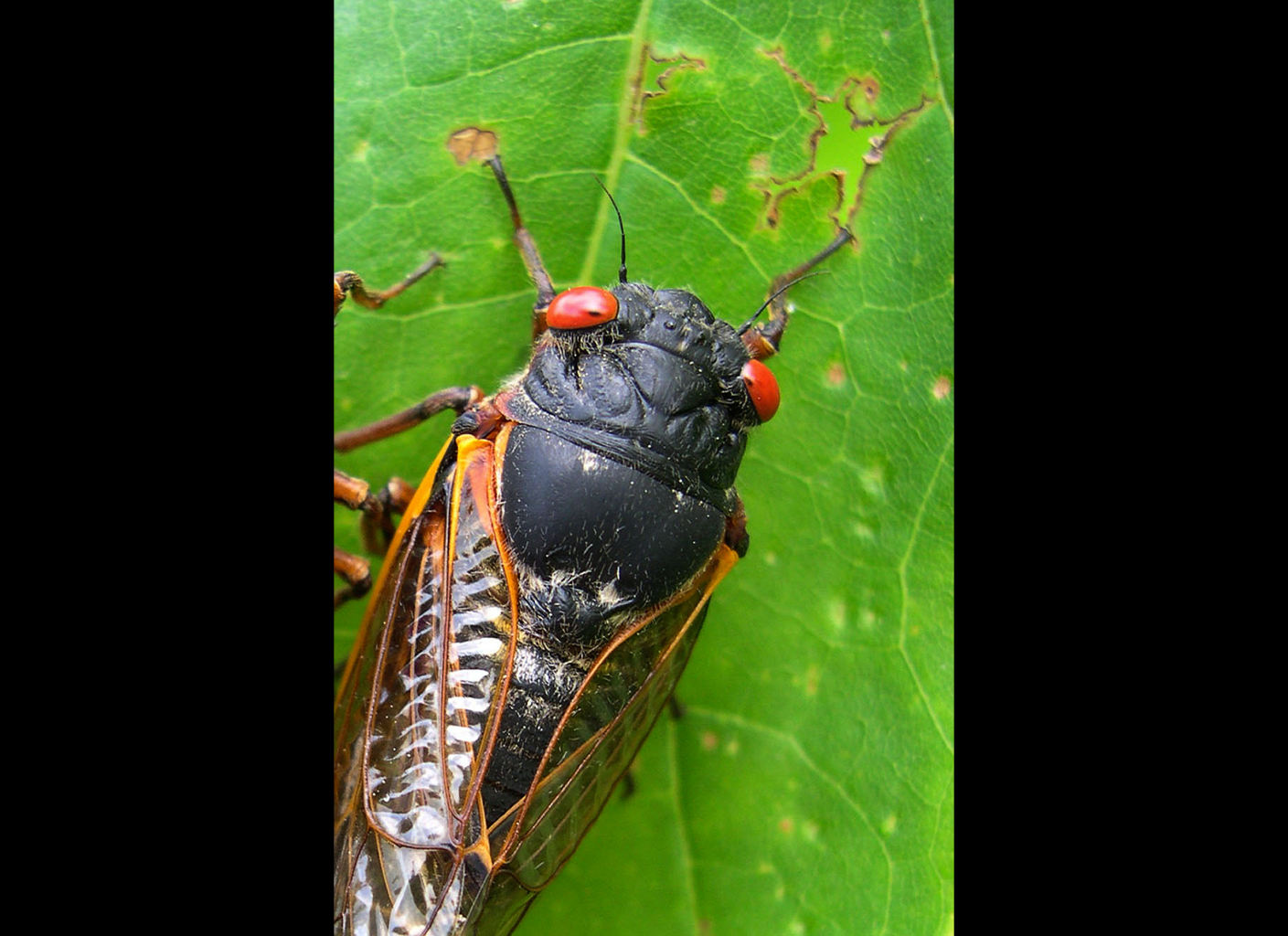
Go ahead ... Howl if you want to ...
Carolina Naturally is read in 191 countries around the world daily.
Today is No Socks Day
Don't forget to visit our sister blog!


Enter London Van Der Kamp, a professional kayaker who briefly stepped away from his day job at an outdoor sporting goods company and into a specially made kayak that was used during Sunday's game between the Giants and Dodgers.
Van Der Kamp, recruited by ESPN and its advertising agency, Wieden+Kennedy, was targeted to be a floating hot dog vendor for the night. His job? To serve other Cove kayakers hot dogs, free of charge, from a custom-built contraption that contains a warming compartment and bottles of mustard and ketchup.
 Grey
hair may soon be a thing of the past. Scientists have found the cause
of greying hair and a clue on how it can be reversed:
Grey
hair may soon be a thing of the past. Scientists have found the cause
of greying hair and a clue on how it can be reversed:Scientists found people who are going grey build up hydrogen peroxide in the hair follicle, which causes hair to bleach itself from the inside out.More
However this could be reversed by "an antioxidant" cocktail that allows "re-pigmentation" of the hair.
The discovery of what makes hair grey, published in the FASEB (Federation of American Societies for Experimental Biology) journal, was actually made whilst investigating the skin disease vitiligo. [...]
The team, which included experts from Bradford University's School of Life Sciences, blamed "massive epidermal oxidative stress" that leads to the build up of hydrogen peroxide.
 One
of those things that I heard somewhere that has stuck with me is,
"Wisdom is the ability to tell the difference between what is important
and what is not." That seems to be the basis of research that shows that
older people, even with declining memories, make better decisions
overall than younger people.
One
of those things that I heard somewhere that has stuck with me is,
"Wisdom is the ability to tell the difference between what is important
and what is not." That seems to be the basis of research that shows that
older people, even with declining memories, make better decisions
overall than younger people. As we age, we become more selective about what we remember, says Dr. Alan Castel of UCLA, one of the study’s lead researchers. In an earlier study, his team tested older and younger adults’ ability to recall a list of words. The initial findings, as one would expect, showed that younger subjects remembered more of the words. However, when the two groups were provided the same list, but with some words assigned a higher number value than others, older participants were better than younger subjects at remembering the words assigned high scores and ignoring those with low scores.Makes plenty of sense to me. As I've gotten older, my head is still filled with useless trivia, but I no longer make an effort to memorize phone numbers or song lyrics. Of course, you know the corollary to the earlier adage: "Good judgment comes from experience, and experience comes from bad judgement." More
It appears that as we age, we may become better able to differentiate between important and less important information. “While memory tends to decline as we get older, it seems that older adults selectively remember more important information,” Castel says.
 While
the rest of us were busy talking about the potential of quantum networks,
which would allow for perfectly secure communication based on the laws
of quantum mechanics, the gub'ment has been running one for at least two
years:
While
the rest of us were busy talking about the potential of quantum networks,
which would allow for perfectly secure communication based on the laws
of quantum mechanics, the gub'ment has been running one for at least two
years:Today, Richard Hughes and pals at Los Alamos National Labs in New Mexico reveal an alternative quantum internet, which they say they’ve been running for two and half years. Their approach is to create a quantum network based around a hub and spoke-type network. All messages get routed from any point in the network to another via this central hub. [...]
Hughes and co say they’ve solved this with their unique approach which equips each node in the network with quantum transmitters–ie lasers–but not with photon detectors which are expensive and bulky. Only the hub is capable of receiving a quantum message (although all nodes can send and receiving conventional messages in the normal way).

"What does it say about the college co-ed Sandra Fluke, who goes before a congressional committee and essentially says that she must be paid to have sex, what does that make her? It makes her a slut, right? It makes her a prostitute. She wants to be paid to have sex. She’s having so much sex she can’t afford the contraception. She wants you and me and the taxpayers to pay her to have sex. What does that make us? We’re the pimps."Some argued that the resulting liberal outrage would only strengthen Limbaugh. "Attempts to advance a left-wing media agenda by destroying Rush Limbaugh’s radio show will surely fail," Michael Medved argued last year. "Amid threats of a boycott, more than 98 companies have suspended their sponsorship of the Dimbulb show, but Lush and his associates insist that many other firms have eagerly jumped in to fill the gap." Dimbulb even rejected longtime advertiser Sleep Train when it wanted to comeback after suspending advertising during the controversy. Today, whether Dimbulb's bosses are looking for "someone to blame" or not, it's clear Cumulus would like some of those people back.
 Merrydale
Elementary School in Baton Rouge, Louisana, has a problem: its test scores
were abysmal. That in and of itself isn't a unique problem - many schools
have low tests scores - but Merrydale's solution on how to raise its test
scores is.
Merrydale
Elementary School in Baton Rouge, Louisana, has a problem: its test scores
were abysmal. That in and of itself isn't a unique problem - many schools
have low tests scores - but Merrydale's solution on how to raise its test
scores is.The proposal to move 100 gifted and talented students this fall from Glen Oaks Park Elementary, a C-rated school, to nearby Merrydale Elementary, an F-rated school, generated some heat Thursday. [...]Charles Lussier of The Advocate has the scoop: Here.
The higher-scoring gifted students would likely increase the school performance score of Merrydale from 71.2 to an estimated 77.5 under the shift, high enough to avert a state takeover.


The researchers found that the 65 babies whose mother or father sucked on their pacifiers to cleanse them were significantly less likely to get eczema and asthma, two conditions caused by allergic reactions, than babies whose parents did not use the cleaning technique. [...]Rob Stein of NPR's Shots has the story: Here.
To investigate the role of pacifier cleaning, Bill Hesselmar of the University of Gothenburg in Sweden and his colleagues analyzed data they had collected for a broader study about babies' allergies. Among the questions the parents had answered was what they did when their child's pacifier fell out of his or her mouth.
"We asked them how they cleaned the pacifier — if they rinsed them in water — and of course most of them did," Hesselmar says. But a lot of the parents did something else.
"They put it in their mouth, sucked on it and then gave it back to the children," Hesselmar says. "It's a quite common way to clean pacifier."












It’s different at different times of year. When we ship them to California, we don’t leave home. We just hire somebody to unload them down there and put them on a ranch up towards the gate of Yosemite. Then we go down to California in January and we spend about three weeks there. We go through the hives, check them for queens, for strength, and then put them in the almond groves. And then we’re back home for five or six weeks depending on the season. It takes about a week to go down and gather them all together and ship them back north.Read more about the intricacy of shipping bees across country in an interview with Kraus at Modern Farmer.
After almonds, we go through again and move them into the soft fruit. That’s probably the worst move because we load them ourselves, beat feet and drive all night, and then unload. Load them up on a semi at dusk, drive 300 miles, and then unload them.
 Mercury link to Arctic fox decline
Mercury link to Arctic fox decline